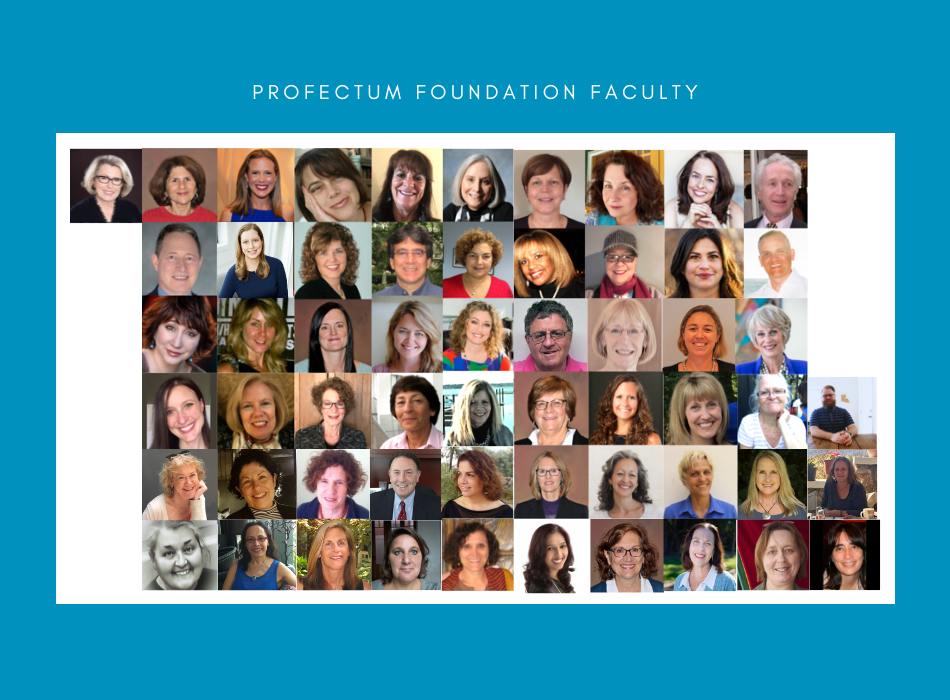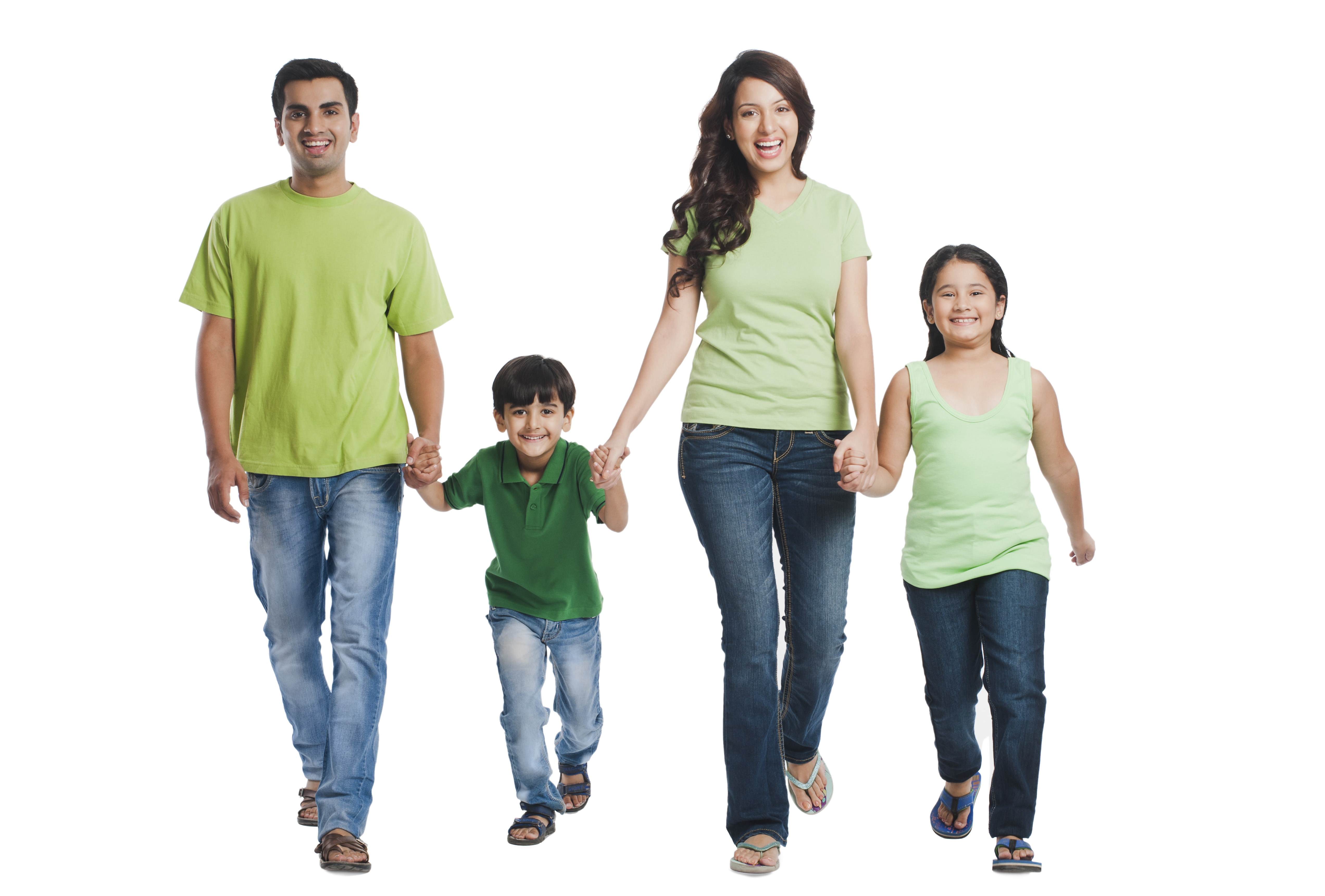Our Story

Profectum comes from the Latin for “advancement or progress.” Profectum Foundation is dedicated to advancing the development of all children, adolescents and adults with autism and other developmental and mental health challenges by using the Developmental, Individual Differences, Relationship-based (DIR®) model. The DIR® model is an intervention providing a developmental framework for interdisciplinary assessment and intervention for autism and other developmental and mental health challenges. It is a comprehensive foundational model that utilizes affect-based interactions and experiences tailored to individual needs to promote development.
The DIR® model developed by Drs. Stanley Greenspan and Serena Wieder revolutionized the concept of development. It was the first model to identify the functional emotional developmental capacities that provide the foundation for lifelong learning and relating. DIR® training was the first to relate these developmental capacities to the biological/neurological individual differences in sensory processing each person brings to the world. It identified relationships as the pivotal force that nurture and optimize development. Further, it was the first to propose a relationship-based model of comprehensive intervention for autism spectrum and sensory processing disorders focusing on relating and communicating.
Our Vision
Our vision is to create a community of caring families, clients, multidisciplinary professionals and leaders in the DIR® field. We are committed to promoting treatment approaches that address the unique needs of the individual at any stage of development from early childhood to adulthood, integrating the best treatment models across disciplines and intervention methods.
Our Mission
Profectum’s mission is to provide DIR® education and training for practitioners, educators, and families, connecting them to the critical resources needed to maximize the development of neurodiverse individuals with autism and other developmental and mental health challenges. Together, we work across disciplines to convene people, disseminate information, and build community.
Profectum’s training aims to increase the number of DIR® practitioners and educators helping individuals and families with special needs. Profectum’s education programs range from providing basic information about development, developmental disorders, and intervention methods to cutting-edge science and treatment approaches that stand at the frontier of the field.
Our People
Profectum was founded in 2011 by Cuong Do; Monica G. Osgood; Ricki Robinson, MD, MPH; and Serena Wieder, PhD, the Co-Creator of the DIR® model. Our faculty of over 60 professionals collectively has over 1000+ years of experience working with individuals with special needs. Our noted clinicians and educators are thought leaders in the fields of medicine, mental health, education, health practices, technology and the creative arts, working together to better understand the individual differences of children and adults with developmental challenges.

Profectum Means Progress
Developmental growth through proven multidisciplinary, individualized strategies for people with autism and other developmental challenges.
